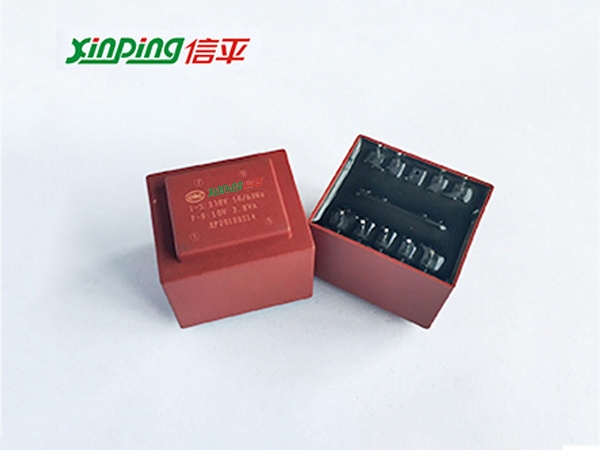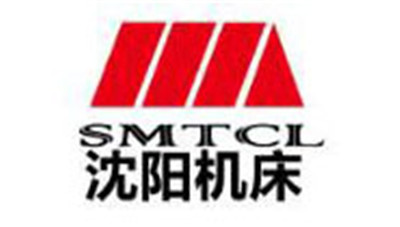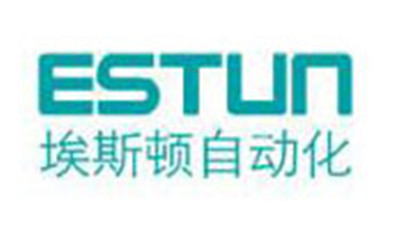Original Source: Light of Devices
In the article on cost reduction of transformers, we discussed material substitution, process optimization, and other aspects that can lead to changes in transformer performance.
Therefore, in the process of cost reduction, alternative testing becomes particularly important. This article will discuss the relevant content of transformer replacement testing from two aspects: transformer manufacturers and power supply manufacturers.
For material substitution, transformer manufacturers need to evaluate its impact on the transformer itself. If the magnetic core is replaced, the first thing to consider is the changes in its size that will affect the transformer.
Even for the same specification and model, the grinding tools used by each magnetic core manufacturer are often different, resulting in varying sizes; The difference in sintering process can also lead to different tolerances of the magnetic core, both of which can cause changes in the matching between the magnetic core and the skeleton. If there are significant changes that result in inability to assemble or low assembly efficiency, it is not worth the loss.
Secondly, the basic parameters of the magnetic core material should be close. For specific parameters such as initial magnetic permeability (μ i), saturation magnetic induction intensity (Bs), power consumption (Pv), Curie temperature (Tc), density, tensile performance, vibration performance, etc., please refer to the article “Characteristic Parameters of Magnetic Cores”. There is a material comparison table in the industry as a reference, and you can also find magnetic core manufacturers to provide it.
For wire, factors such as paint film thickness, insulation layer thickness, outer diameter size, electrical resistivity, temperature resistance level, and insulation capacity should be considered. For three-layer insulated wires, certification of the insulation system should be considered. Often, different insulated wires have different insulation systems. Unless the customer does not require an insulation system, that’s another matter.
When replacing the skeleton, factors such as material, wall thickness, PIN insertion and removal, and skeleton strength need to be considered. The most important thing is the slot width and depth, which should be kept consistent, otherwise it will cause changes in the number of winding layers and turns distribution, and the performance will also change accordingly.
Transformer replacement, the routine testing items for power supply include temperature rise, efficiency, PF value, THD (total harmonic distortion), adjustment rate, ripple, EMC, etc., as well as stress testing of key components such as primary MOS and secondary Schottky diode. The reliability testing items include high and low temperature start-up, high and low temperature aging, and dual 85 reliability testing.
Process automation requires meeting the basic parameter requirements of transformers. When necessary, process disassembly should be carried out to ensure consistency of the product during automated production and eliminate quality risks.
In terms of material substitution and process optimization, transformer factories not only need to meet basic parameters, but also need to meet reliability requirements. For details, please refer to the previous article “What does transformer reliability include.
For power supply manufacturers, material substitution, process optimization, and the introduction of new suppliers are all significant changes. In addition to confirming the basic parameters and reliability of the transformer unit, it is also necessary to confirm the performance of the transformer on the power supply. Ensure that the replacement is qualified and reliable, and can meet the requirements of the entire machine in bulk.
Post time: Dec-12-2024

















